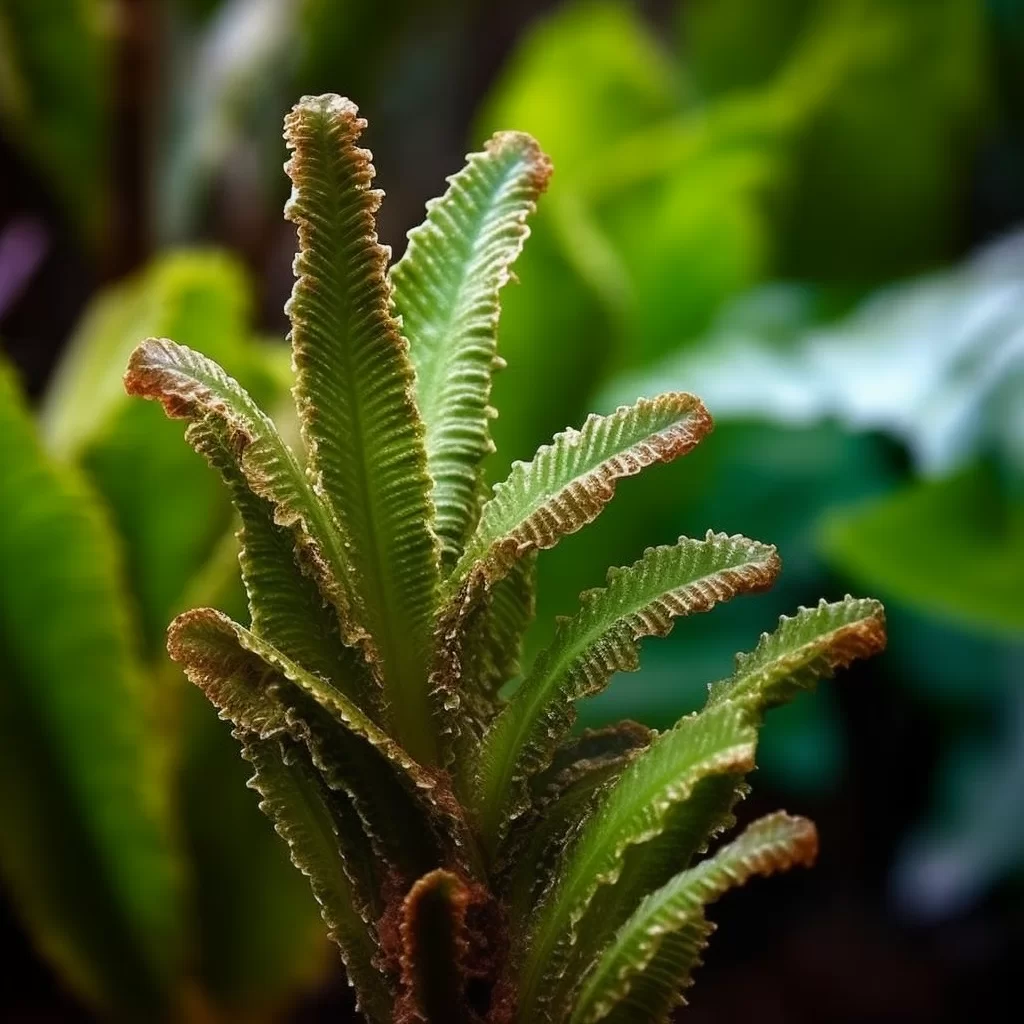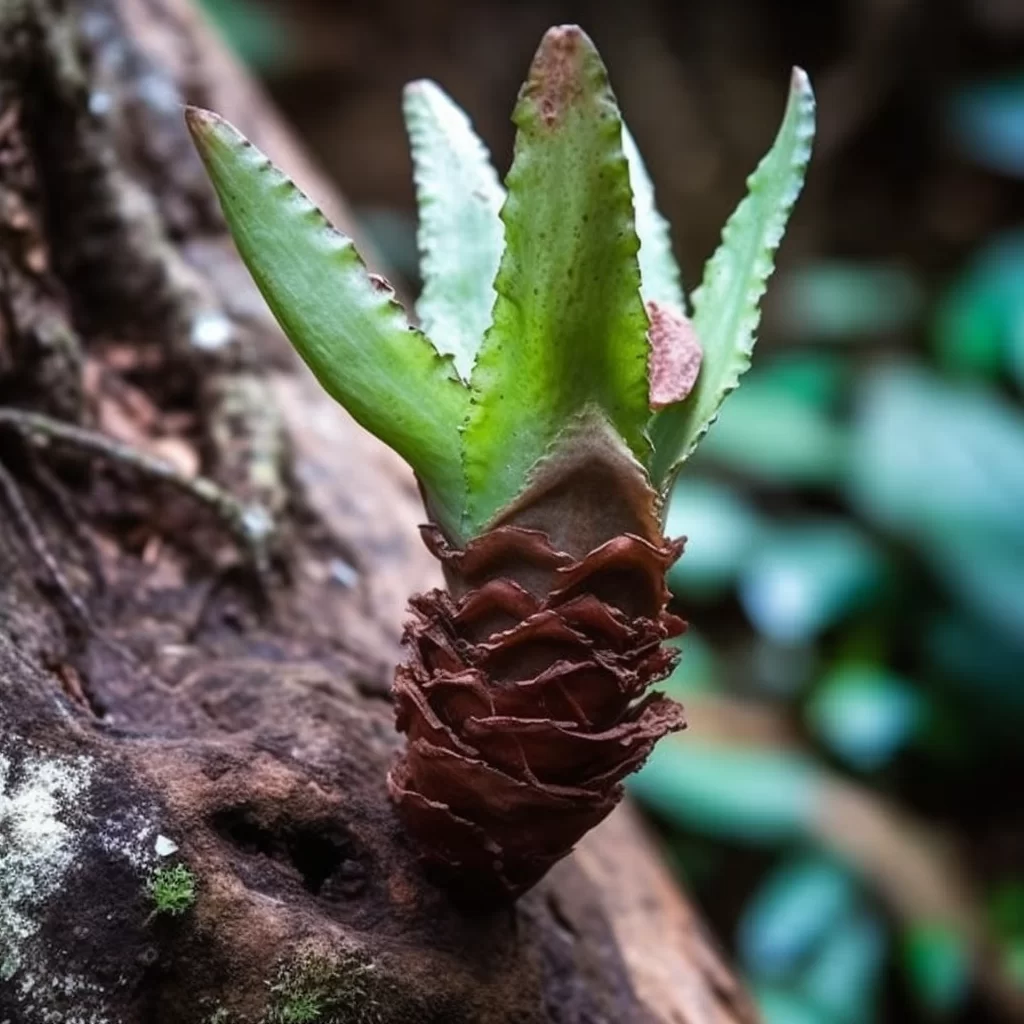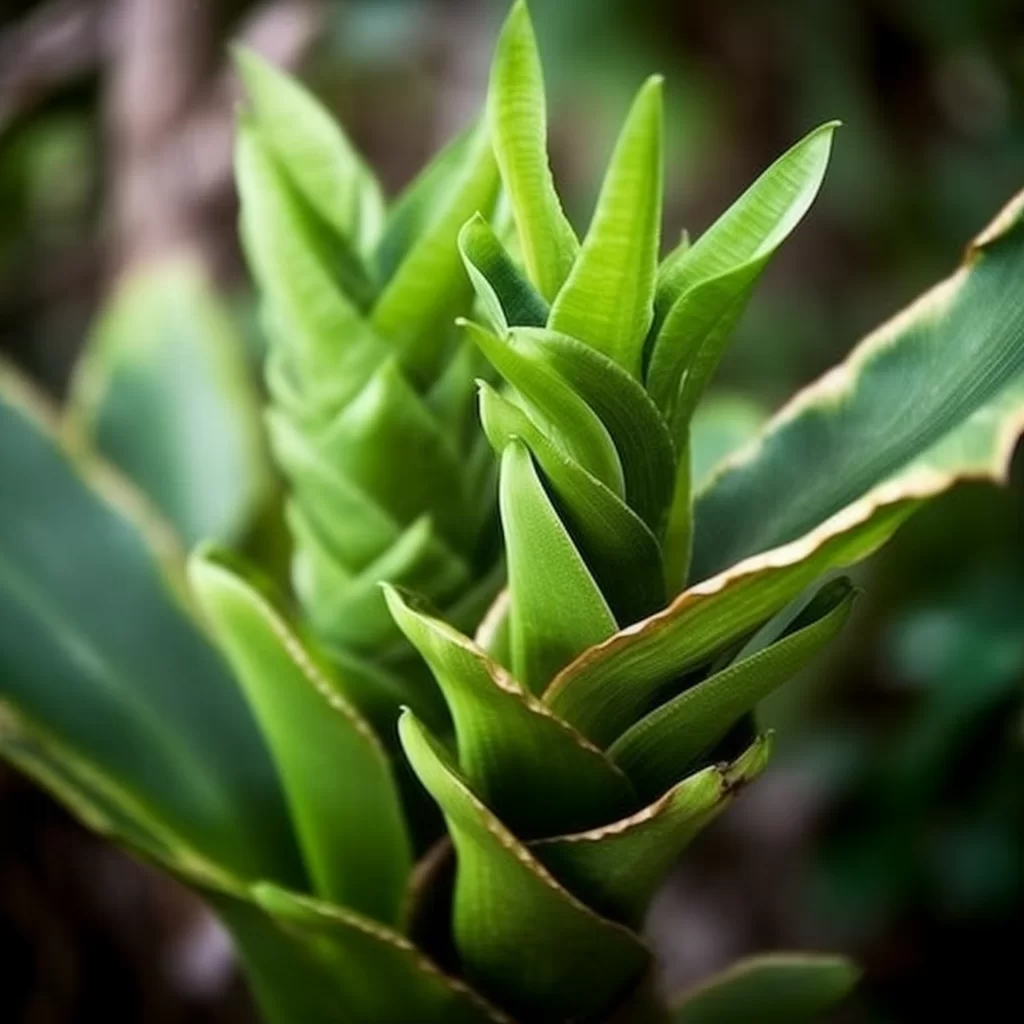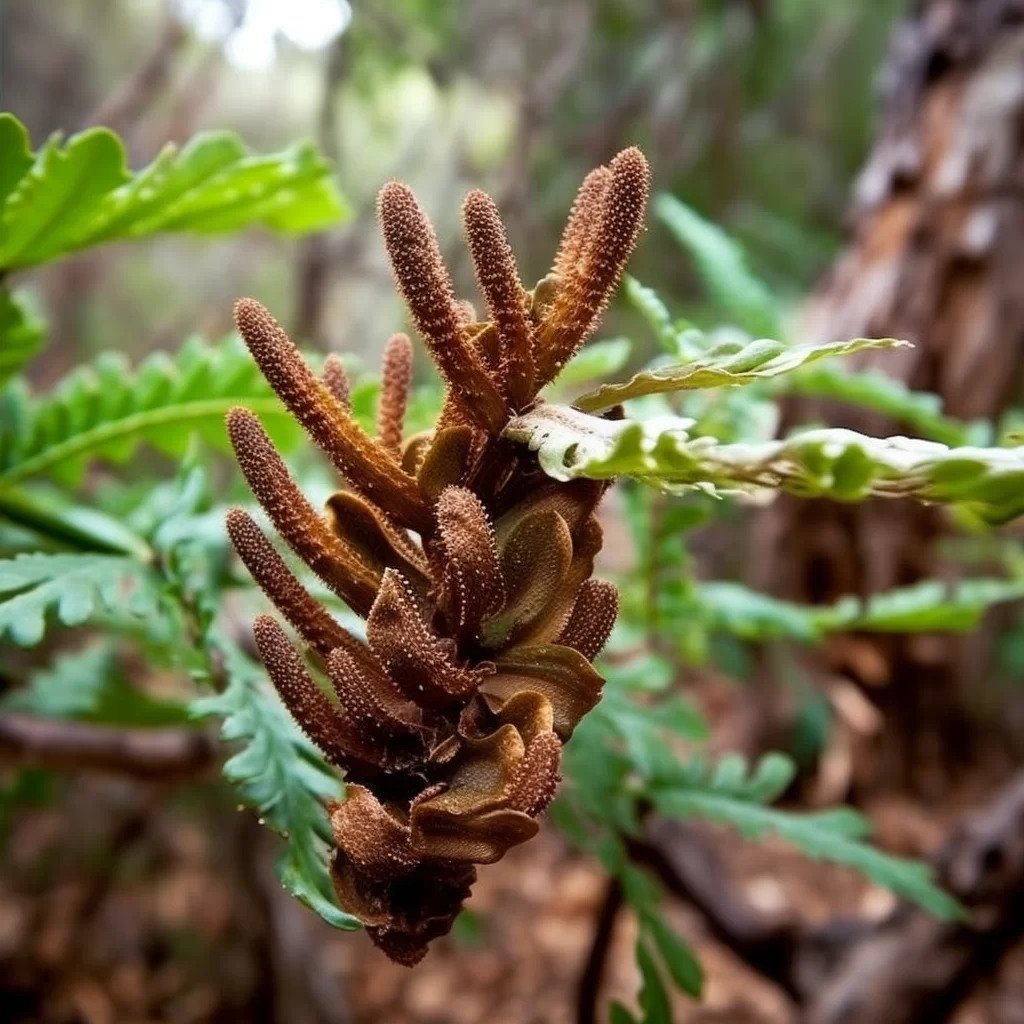Story of Day :
Contents
The Staghorn Plant: A Complete Guide and Care Tips
If you’re a plant lover searching for an extraordinary addition to your collection, the staghorn plant is a must-have.
With its one-of-a-kind appearance and impressive size, this stunning species is sure to spark the interest of anyone who sees it.
Whether you’re a beginner or a seasoned gardener, this comprehensive guide will provide all the essential information on how to care for these fascinating plants.Staghorns are not just any ordinary houseplant; they are truly unique.
With their unusual shape resembling antlers, they are bound to make a statement in any room.
What’s more impressive is their size – these plants can grow up to several feet wide! But don’t let their grandeur intimidate you – with proper care, staghorns can thrive even in small spaces and make excellent indoor or outdoor additions to your home decor.
Follow along as we cover everything from light and water requirements to fertilization tips so that your staghorn thrives under your care.
What is a Staghorn Plant?
The staghorn plant, also known as Platycerium bifurcatum, is a type of fern that is native to tropical regions all over the world.
It has two distinct types of fronds – sterile and fertile.
The sterile fronds are flat, green, and photosynthesize like most plants do.
However, the fertile fronds grow upwards and are covered in fuzzy brown hairs that resemble antlers or stag horns (hence the name).

How to Care for Your Staghorn Plant
If you’ve just acquired a staghorn plant, don’t be intimidated by its unique and impressive structure.
With the right care and attention, keeping your new fern healthy is actually quite easy! Once you get the hang of it, you’ll see that caring for your staghorn brings a lot of joy and satisfaction as it grows and thrives.To keep your staghorn plant healthy, it’s important to remember a few key steps.
First, ensure that it gets adequate light without being exposed to direct sunlight.
It also needs regular watering – but not too much! Overwatering can lead to root rot which can be fatal for your plant.
Additionally, providing proper nutrients through fertilization is important for its growth.
With these steps in mind, caring for your staghorn will quickly become second nature!

Lighting:
- The best place for your staghorn fern is in a bright, indirect light.
- Direct sunlight can cause the fronds to burn, so it’s important to avoid placing them in a spot that gets too much sun.
Watering:
- To water your staghorn fern, you should soak the entire root ball and the base of the fronds in water once per week.
- Allow any excess water to drain off before rehanging your plant.
- The staghorn fern is sensitive to overwatering or underwatering.
It prefers moist soil but not saturated soil as this can lead to root rot.
Fertilizing:
- You should fertilize your staghorn plant every two months with a balanced organic fertilizer for plants like fish emulsion or compost tea.
Tips for Mounting Your Staghorn Plant

Staghorns are a type of plant that doesn’t grow in soil, but rather on other surfaces.
These plants are called epiphytes and can be found growing on trees or rocks in their natural habitats.
They make for a unique and visually striking addition to any home or garden.
The best way to showcase these fascinating plants is by mounting them on boards or plaques using natural materials like sphagnum moss or coconut coir.
This not only adds an interesting element to your decor, but it also ensures that the plant has enough space to grow properly.If you’re planning on mounting your Staghorn fern onto wood, there are a few tips you should keep in mind.
First, make sure the board you choose is sturdy enough to hold the weight of the plant as it grows over time.
It’s also important that the board is treated with non-toxic materials so as not to harm your Staghorn ferns.
Secondly, be mindful of how much water you give your Staghorn ferns when they’re mounted onto wood – too much water can cause rotting and damage to both the plant and board! Lastly, remember that these plants need bright indirect light so place them somewhere they can receive plenty of natural light without being subjected directly under harsh sunlight as it may damage their leaves!
- Tips:
You can use wire or nails to attach the mount to your wall.
Summary

In summary, the staghorn plant is a one-of-a-kind and captivating species that brings an element of exotic allure to any indoor or outdoor area.
With our guidance on nurturing it, you can maintain your plant’s well-being and vitality for several years.
Do not be intimidated by the staghorn’s appearance at first glance, as with proper care even those who are new to gardening can appreciate this stunning fern.Overall, owning a staghorn plant is an excellent choice if you want to add an unusual touch of beauty to your surroundings.
By implementing our care suggestions, you will guarantee that your plant stays healthy and flourishing for years to come.
Keep in mind that while the staghorn may look daunting initially, it’s simple for anyone – even novices – to relish its natural splendor with some tender loving care.
